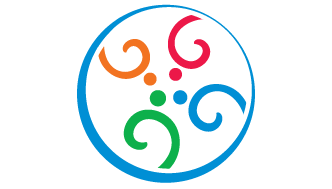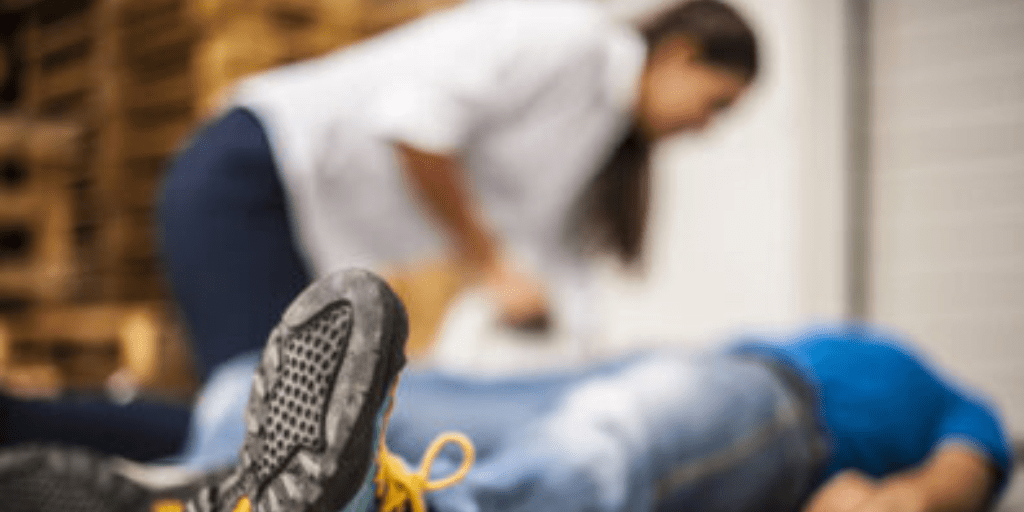Slip and fall accidents can lead to a wide range of injuries, varying in severity from minor bruises and sprains to debilitating fractures and traumatic brain injuries. Understanding the common injuries resulting from these accidents is crucial for assessing the impact on victims and pursuing appropriate medical treatment and legal recourse. If you have suffered an injury, contact a slip and fall lawyer to get the financial compensation you deserve.
Soft Tissue Injuries
Soft tissue injuries are among the most common consequences of slip and fall accidents, affecting the body’s muscles, tendons, ligaments, and other connective tissues. Strains, sprains, contusions, and bruises frequently occur due to sudden impacts or awkward landings during falls. These injuries can cause pain, swelling, stiffness, and limited range of motion, impairing mobility and quality of life. While soft tissue injuries are often treatable with rest, ice, compression, and elevation (RICE therapy), severe cases may require physical therapy, medication, or surgical intervention to promote healing and restore function.
Fractures And Broken Bones
Fractures and broken bones are prevalent injuries in slip and fall accidents, particularly among older adults and individuals with osteoporosis or weakened bones. Falls from heights or onto hard surfaces can result in wrist, arm, hip, ankle, or spine fractures. Fractures may vary in severity from hairline cracks to complete breaks, requiring immobilization, casting, or surgical repair to facilitate healing. Fractures can lead to significant pain, swelling, loss of mobility, and complications such as nerve damage or infection, necessitating prompt medical attention and rehabilitation to prevent long-term impairment.
Head Injuries And Traumatic Brain Injuries
Head injuries, including concussions and traumatic brain injuries (TBIs), pose serious risks in slip and fall accidents, particularly when the head strikes a hard surface or suffers a sudden jolt. Concussions are mild traumatic brain injuries characterized by temporary loss of consciousness, confusion, dizziness, headache, and memory problems. Severe TBIs can cause long-term cognitive impairments, motor deficits, and emotional disturbances, significantly impacting an individual’s ability to function independently. Prompt evaluation, diagnosis, and management of head injuries are crucial in preventing complications and optimizing outcomes for individuals affected by slip and fall accidents.
Back And Spinal Cord Injuries
Falls can result in back injuries, such as strains, sprains, herniated discs, or vertebral fractures, which can cause debilitating pain, stiffness, and limited mobility. Spinal cord injuries are particularly severe consequences of slip and fall accidents, leading to partial or complete paralysis and lifelong disability. The sudden impact or compression of the spinal cord can damage nerve fibers, impairing sensory and motor function below the level of injury. Spinal cord injuries require immediate medical attention and comprehensive rehabilitation to maximize recovery and promote independence for affected individuals.
Cuts, Lacerations, And Contusions
Falling onto sharp objects or rough surfaces can cause cuts, lacerations, contusions, bleeding, pain, and potential infection. Deep cuts or lacerations may require sutures or wound closure techniques to facilitate healing and reduce the risk of complications. Contusions, or bruises, occur when blood vessels beneath the skin rupture due to impact, causing discoloration, tenderness, and swelling. While minor cuts and bruises may heal on their own with proper wound care, severe or infected wounds may require medical intervention to prevent further complications.
Thanks to our friends at MartinWren, P.C. for their insight into slip and fall accident cases.


